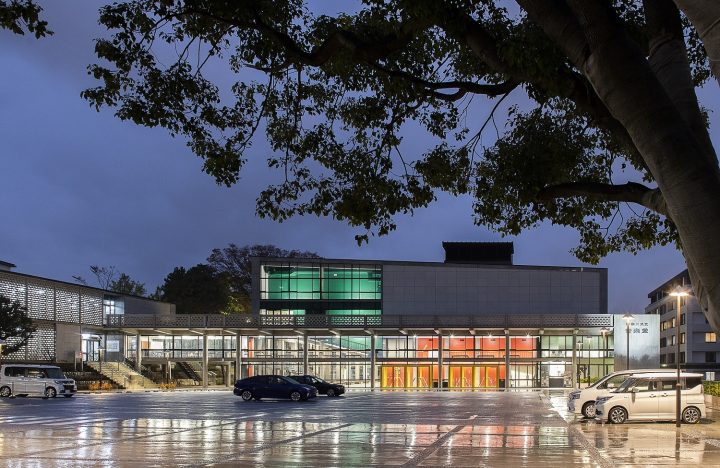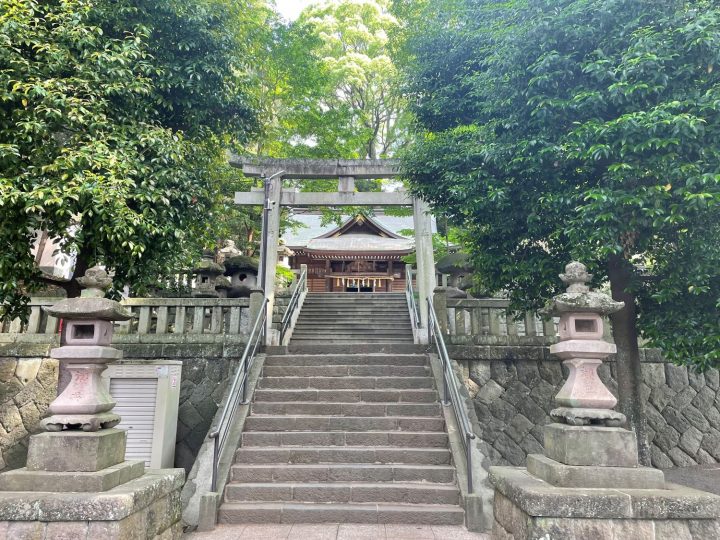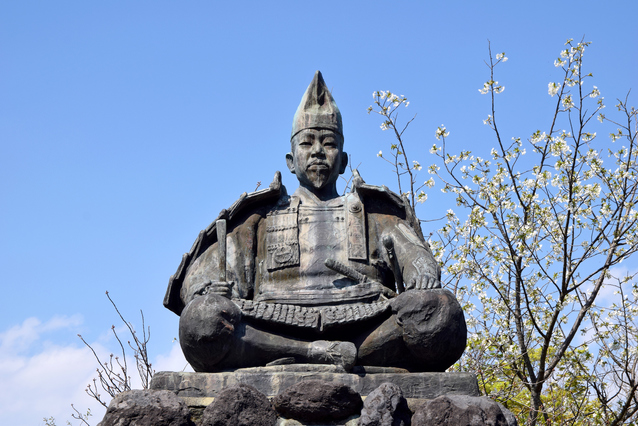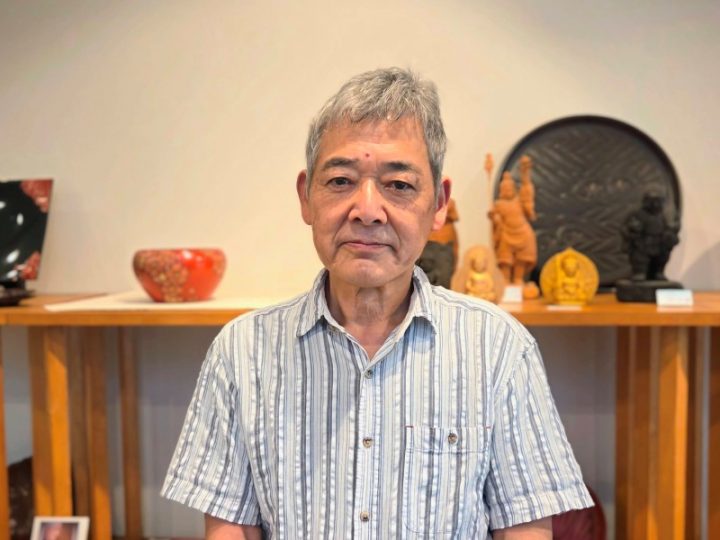An artistic day inspired by Hokusai off the coast of the Miura Peninsula
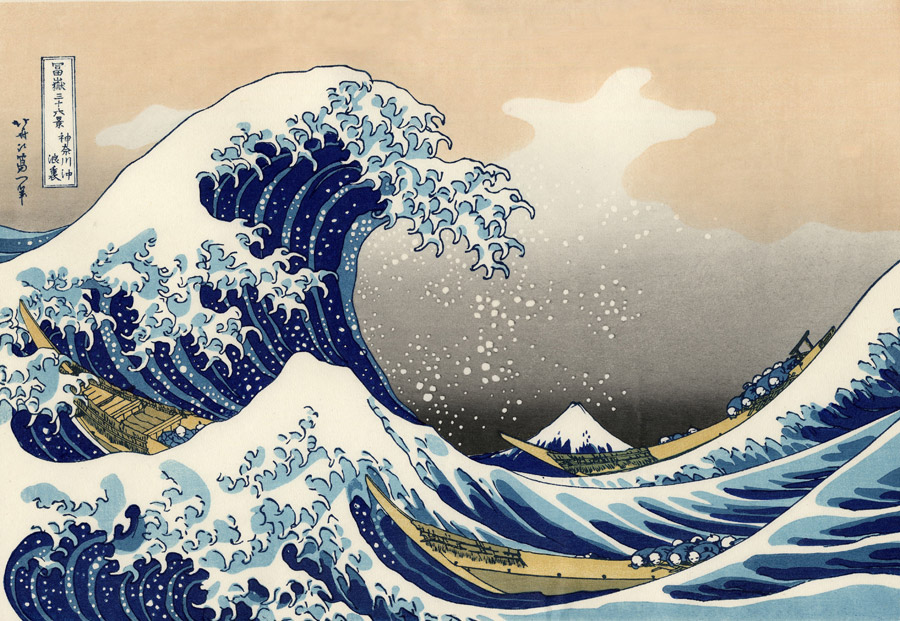
When we think of ukiyo-e, what comes to mind is probably Katsushika Hokusai's masterpiece, Thirty-six Views of Mount Fuji. Thirty-six Views of Mount Fuji is a series of 46 ukiyo-e prints drawn by the genius artist Katsushika Hokusai, depicting various views of Mount Fuji from all over the country. By the way, why are there 46 prints in the "Thirty-six Views" series? Apparently, it was so popular that he had to draw 10 more than planned. This anecdote seems to evoke Hokusai's personality, who would never turn down a request.
At the time, Mt. Fuji was such a symbol of faith that "Fujizuka" mounds modeled after Mt. Fuji were built all over Edo. Hokusai, who is said to have originally been interested in painting landscapes, may have also had a special admiration for Mt. Fuji. It was in this social climate that Hokusai created "Thirty-six Views of Mount Fuji," a work so well-known that it is said that without "Thirty-six Views of Mount Fuji," the popularity of Japanese ukiyo-e might have been different.
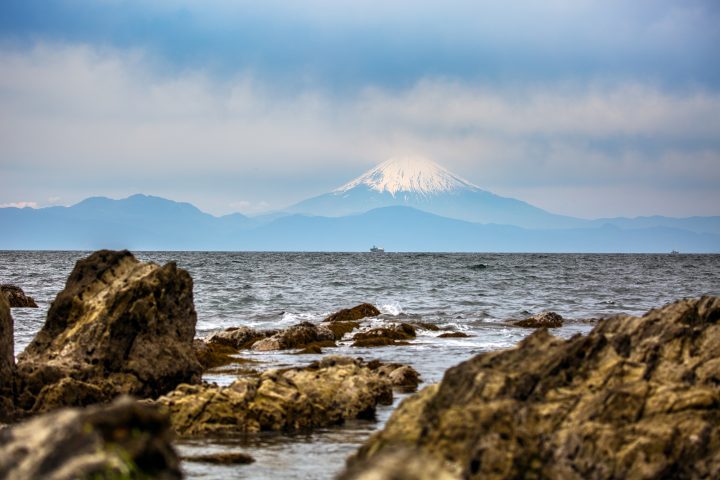
Among them, "The Great Wave off Kanagawa," commonly known as "Fuji between the Waves," which depicts a large wave with Mt. Fuji in the background, is a well-known work and is said to be as famous as Leonardo da Vinci's "Mona Lisa." It is said that "The Great Wave off Kanagawa" depicts the scenery that Hokusai saw while traveling around the Miura Peninsula in Kanagawa Prefecture.
This time, we will introduce museums and galleries on the Miura Peninsula where you can follow in Hokusai's footsteps and experience the connection between art and nature.
Kamakura and Hayama, Museum of Modern Art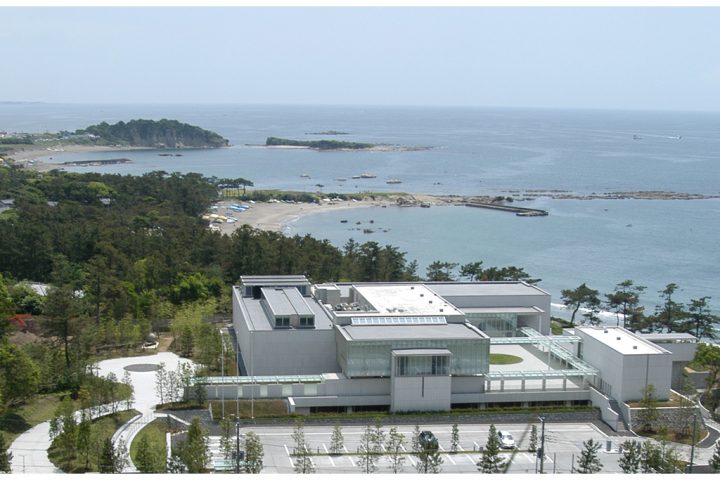
The Museum of Modern Art, Kanagawa and Hayama, which has two locations in the scenic and fertile region overlooking the beautiful Sagami Bay in Kanagawa Prefecture, is recorded as the first public modern art museum in Japan, and both the Kamakura Museum, which opened in 1951, and the Hayama Museum, which opened in 2003, hold four to five exhibitions a year, attracting many visitors. The picturesque scenery and collections that include works by famous artists such as Matisse, Koga Harue, Hatakeyama Naoya, and Picasso make it an ideal place to immerse yourself in known and unknown works of art. In this place where you can feel the scent of Sagami Bay, you can stand in the same perspective as Hokusai and his contemporaries and feel the passage of time and the beauty of nature.
Yamaguchi Hoshun Memorial Museum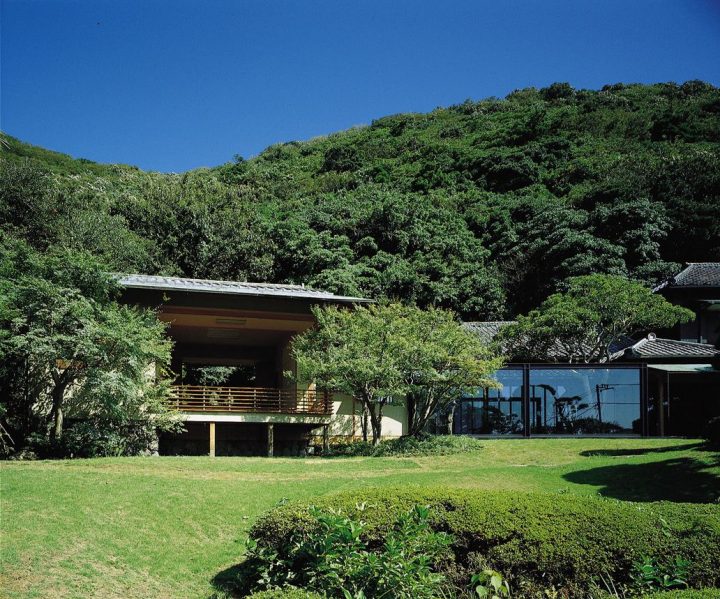
Yamaguchi Hoshun, one of Japan's leading painters of the 20th century, was a pioneer in the field of Japanese painting. Like Hokusai, he drew inspiration from nature, vividly depicting Japan's four seasons, flowers, and wildlife. Yamaguchi's home in Hayama, Kanagawa Prefecture, has been transformed into a tasteful museum, where visitors can get up close and personal with his collection of paintings and antiques. The museum also includes a studio designed by architect Isohachi Yoshida, and a garden that reflects Yamaguchi's close relationship with the nature and life of Kanagawa Prefecture.
Enoura Weather Station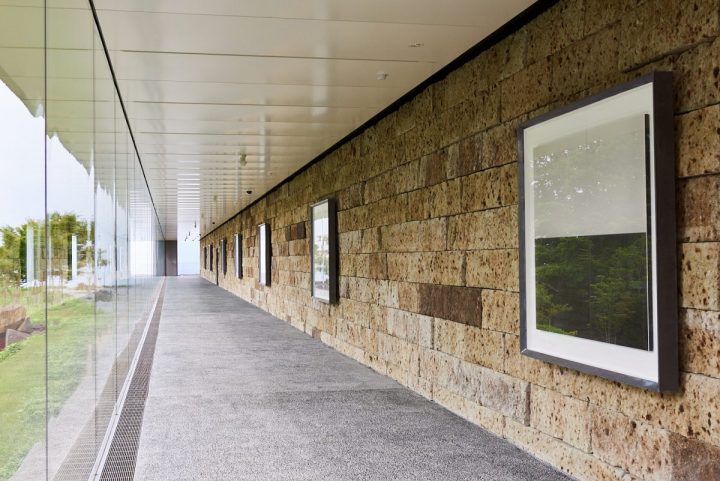
While not technically on the Miura Peninsula, Odawara is a quiet, historic area on the western shore of Sagami Bay and home to some notable facilities designed and run by one of Japan's most famous contemporary artists, Hiroshi Sugimoto.
Enoura, which offers a panoramic view of Kanagawa Prefecture, including Sagami Bay and the Miura Peninsula, which inspired Hokusai, is a facility designed to convey the essence of Japanese culture and is a must-visit for art and architecture lovers. Built on the site of a former mandarin orange orchard, Enoura Observatory is a work by Sugimoto that can be seen as a love letter to Japanese culture and nature.
Overlooking Chiba Prefecture's Boso Peninsula and Oshima Island, Enoura Observatory aims to be a beacon of arts and culture, and is made up of gallery spaces, a Noh stage, a teahouse, gardens, office space and more. It's a beautiful place to spend a few hours by the sea and immerse yourself in centuries of Japanese culture and tradition.
